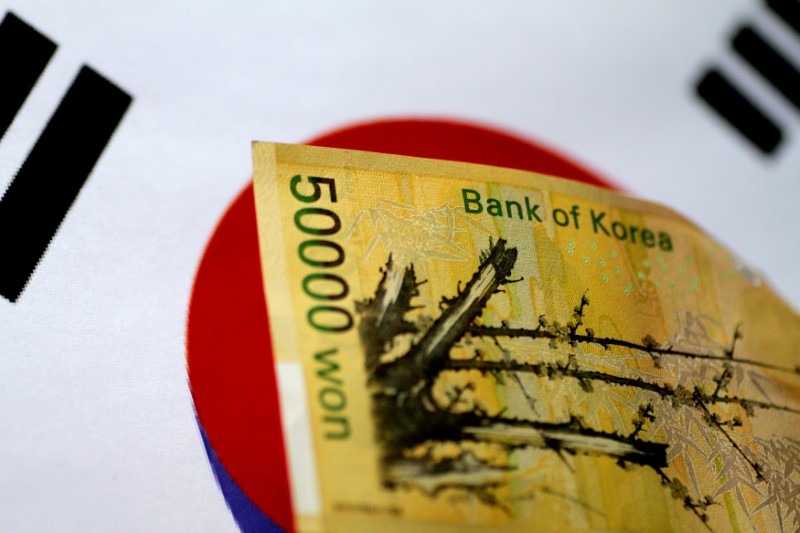Bullish indicating open at $55-$60, IPO prices at $37
Investing.com-- Most Asian currencies rose on Wednesday as the U.S. dollar weakened on uncertainty over President Donald Trump’s tax cut bill and investor caution amid the ongoing G7 finance ministers’ meeting, which often focuses on forex issues.
Back in Asia, investors assessed Japan’s weak trade balance data, reflecting the effect of U.S. tariffs. Markets also digested signs of deteriorating sentiment around U.S.-China trade.
Dollar weakens amid Trump’s tax bill uncertainty, G7 meeting
The US Dollar Index, which measures the greenback against a basket of major currencies, fell 0.3%, while Dollar Index Futures slid 0.4% in Asia hours.
Media reports showed that President Donald Trump on Tuesday urged congressional Republicans to rally around a broad tax reform bill, but he appeared unable to win over several dissenting lawmakers.
The critical vote in Washington, if approved, could further widen the nation’s fiscal deficit. This comes after Moody’s downgraded its U.S. credit rating by a notch last week over growing national debt.
Investors were also watching the Group of Seven finance ministers’ meetings currently underway in Canada, which will end on Thursday this week.
“Presumably, these meetings will conclude with the release of a communique. The language used to describe FX policy is highly likely to be unchanged. Yet any tweaks could prove incendiary and hit the dollar,” ING analysts said in a recent note.
Sentiment was also affected by Federal Reserve officials warning that trade tariffs would underpin inflation and keep interest rates unchanged for longer.
Asia FX rises: Japan exports slow, US-China trade tensions persist
With the weaker greenback, most Asian currencies gained on Wednesday.
The South Korean won led gains, with its USD/KRW pair falling 0.5%.
The Japanese yen’s USD/JPY pair also fell 0.4%.
Data on Wednesday showed that Japan’s trade balance contracted unexpectedly in April, as heightened U.S. tariffs and a stronger yen dampened export growth, while imports held up slightly better than anticipated.
Meanwhile, China’s commerce ministry on Wednesday criticized new U.S. curbs on Chinese chips, specifically opposing efforts to ban Huawei chips globally. Beijing recently warned that such moves could jeopardize the 90-day trade truce.
The Chinese yuan’s offshore USD/CNH and the onshore USD/CNY pairs were both largely muted.
The Australian dollar’s AUD/USD pair rose 0.5% after falling in the previous session as the Reserve Bank of Australia cut interest rates by 25 basis points on Tuesday.
Elsewhere, the Singapore dollar’s USD/SGD pair edged down 0.2%, while the Indian rupee’s USD/INR was largely unchanged.
